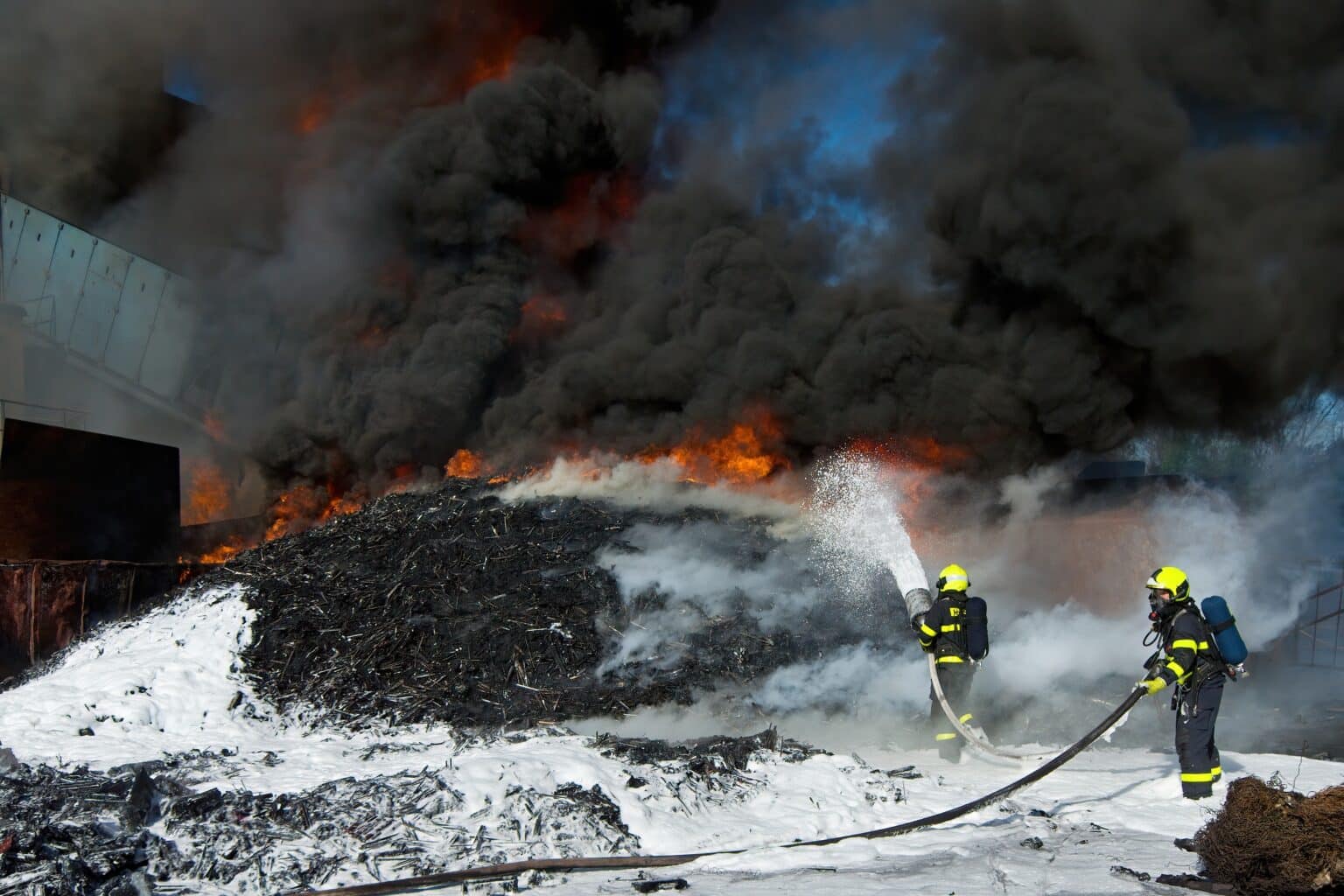Market Analysis: Rising demand for firefighting foam
- November 23, 2022
- 2:29 pm


Iain Hoey
Share this content
International Fire and Safety Journal analyses the state of the suppression market
According to Grand View Research, the global fire suppression system market size was valued at USD 16.8 billion in 2021 and is expected to witness a compound annual growth rate of 4.8% from 2022 to 2030. Suppression is an umbrella term that for this statistic refers to the critical systems installed in buildings or establishments, playing a vital role in safeguarding properties and infrastructure in the event of a fire accident.
Suppression also encompasses the firefighting foam, for which the global market size was valued at USD 4.95 billion in 2021 by Grand View Research and is anticipated to witness a CAGR of 3.6% from 2022 to 2030.
The rise for firefighting foam across the forecast period is to be driven by increasing fire incidents such as wildfire, fuel-based fires and fires due to electrical failure among other causes. Firefighting foam has experienced a rise in demand from industries such as oil and gas, automotive, chemical, aviation, marine, and mining among others.
The report attributes the rising popularity of firefighting foam to innovation around its properties, such as higher expansion ratios, foam stability, resistance to higher temperatures, and efficiently disrupting the oxygen supply to suppress the fire.
The PFAS problem
Both the US Environmental Protection Agency and the European Commission have put forward plans to ban a key component of foam solutions: PFAS.
Foam manufacturer Fomtec said that the firefighting foam and foam system market for the next ten years will be totally driven by the transition away from PFAS containing foam to synthetic fluorine free foam thanks to legislation strengthening globally. Whilst some sectors will be given a longer period to make the transition, unlike Halon, it is unlikely that any sectors will be given an exemption.
Fomtec said: “Similar to the Halon 1301 alternatives the new SFFF’s are NOT drop-in replacements and the transition may involve adopting new operational tactics, changing discharge devices or at the other end of the scale having to change the design of a system to address an increase in the flow rate required. In many cases a holistic approach to the transition will be required based on how the hardware and foam agent work in combination. Having verifiable data on performance of the hardware and agent will be more important than ever as the SFFF technology evolves.
“Around the transition new opportunities exist for the cleaning of existing systems and the safe removal and disposal of old hardware and foam. At present how clean is clean is a little bit of a grey area and the whole industry would welcome more guidance on this area of the transition.” Industrial suppression
According to Grand View Research, the oil and gas segment dominated the global industry in 2021 with a maximum share of more than 20.85% of the overall revenue likely because highly flammable liquids and gases can lead to intense fire incidents, causing heavy property damage, pollution, and risk to human life. Oil[1]well fires result in the loss of millions of barrels of crude oil per day and can cause huge economic losses.
Combined with the ecological difficulties caused by the large amounts of smoke and unburnt petroleum along with the enormous fuel supply, oil-well fires are highly difficult to extinguish than regular fires. Hence the product demand has increased in recent years from the oil and gas industry. We are expected to see a similar trend during the forecast period. Fire accidents involving chemicals are the second-largest segment after oil and gas.
Regional breakdown
The Asia Pacific saw the biggest market share of the global firefighting foam industry in 2021, accounting for more than 33.50% of the overall revenue. Grand View Research attributed this to the rapid growth of industries, such as chemical, marine, automotive, aviation, and others, across economically emerging countries, such as China and India.
The Asia Pacific accounts for a major share of the global chemical production and fire accidents are common in the region due to a of lack of proper industrial safety. Dry weather conditions across various countries in the region also raise the risk of fire accidents, resulting in wildfires.
North America is the second[1]largest region, in terms of global consumption of the product, with demand from countries including the US and Mexico. Increasing fire-related accidents and wildfires in the US and Mexico due to climatic changes and human negligence are predicted to drive the regional market over the forecast period.
This article was originally published in the November edition of IFSJ. To read your FREE digital copy, click here.



